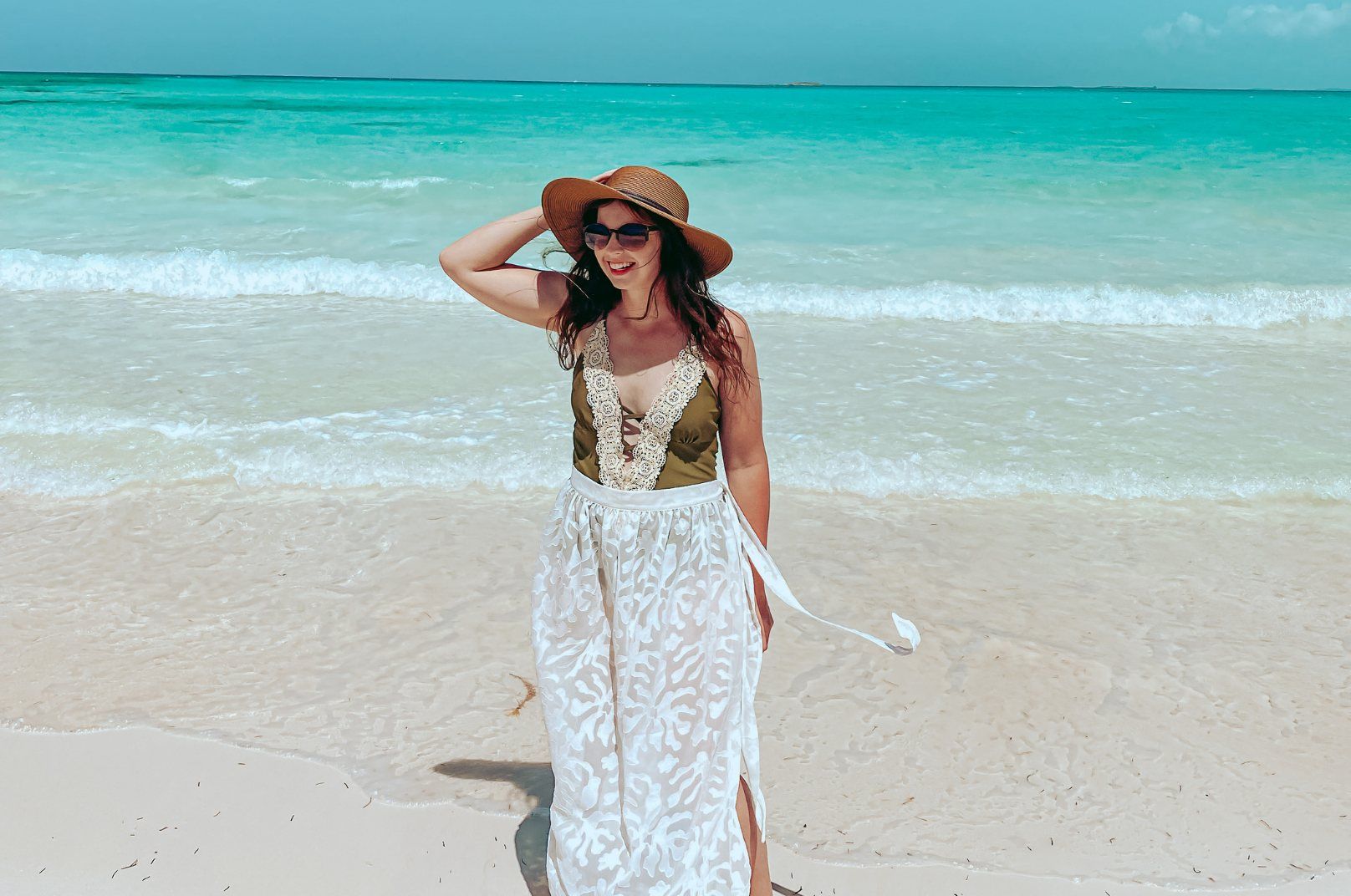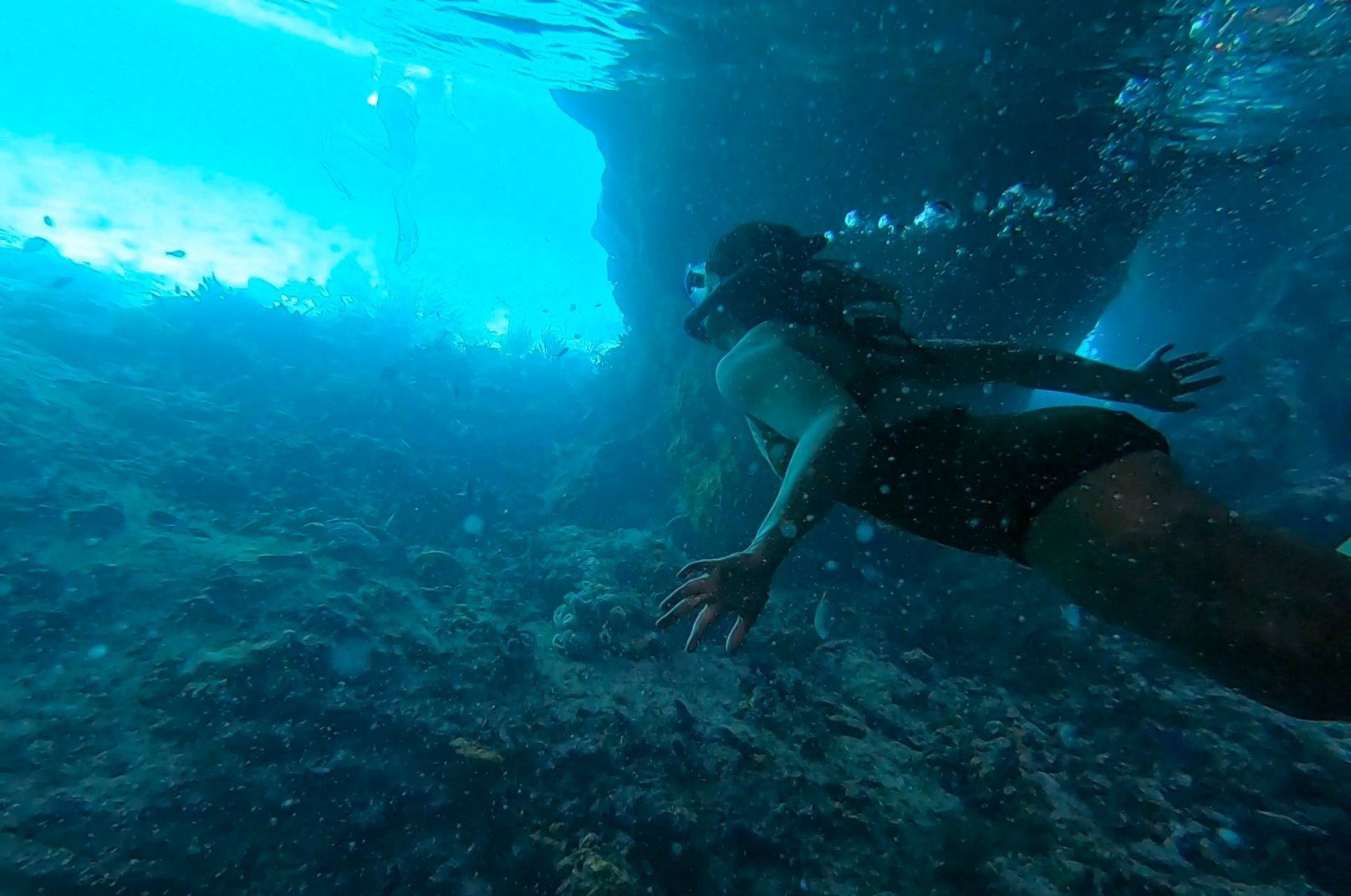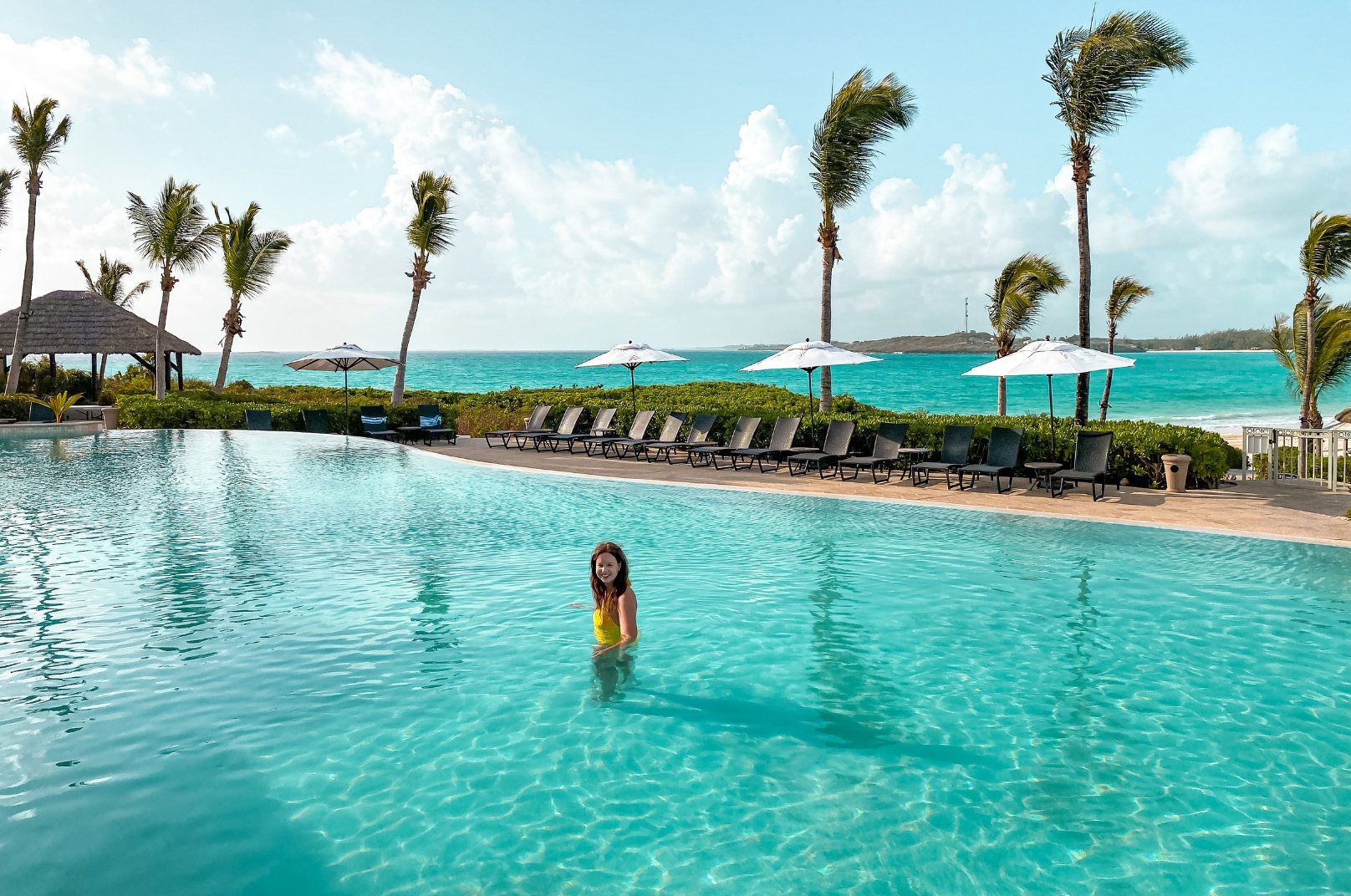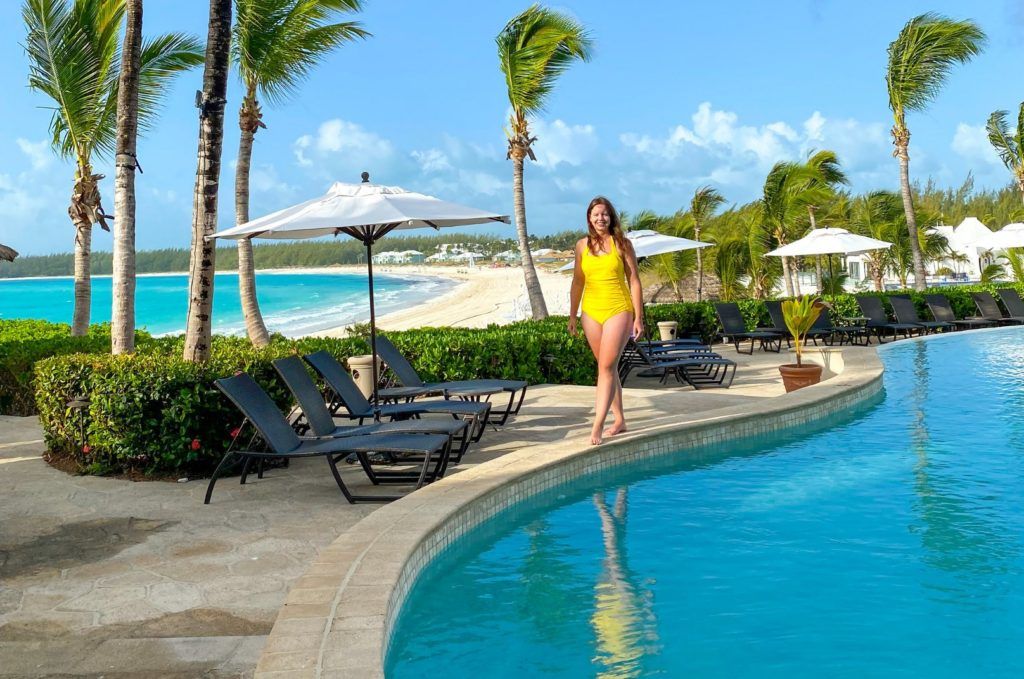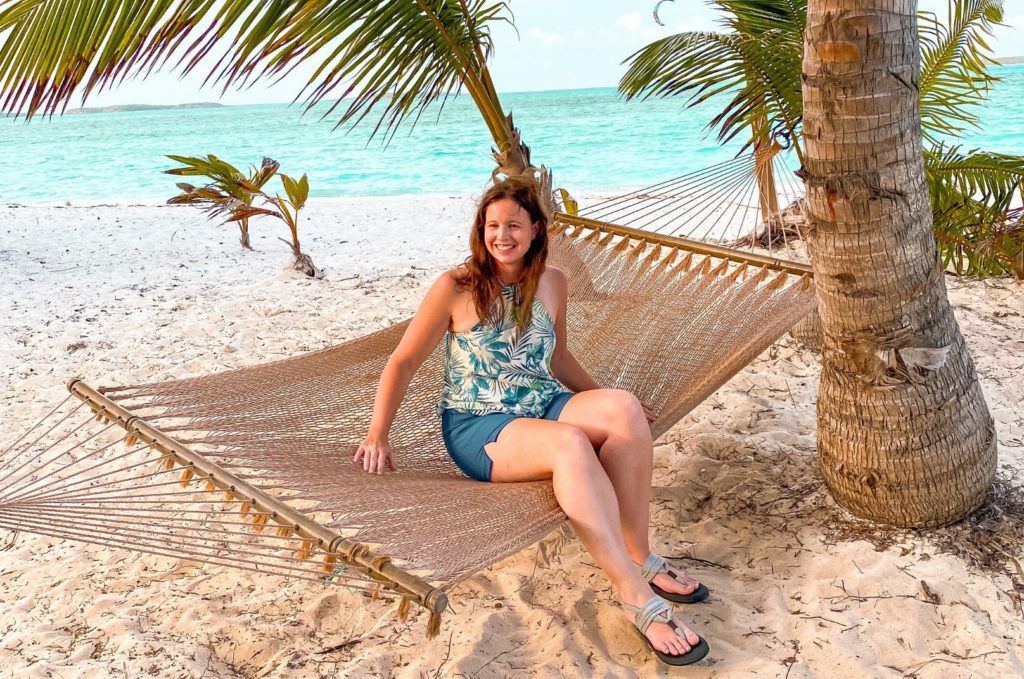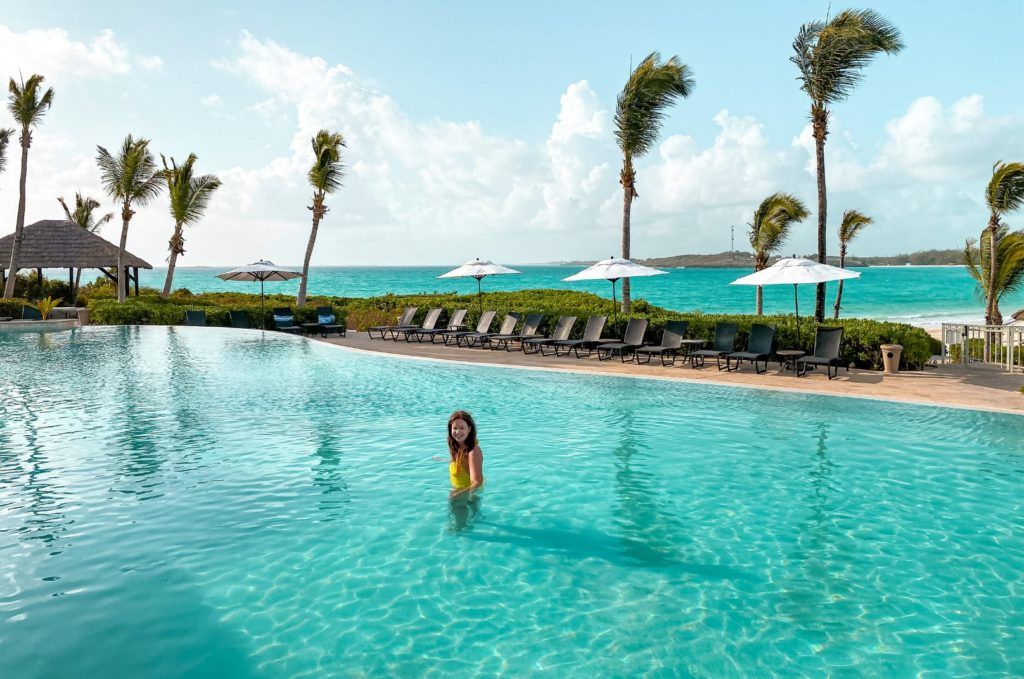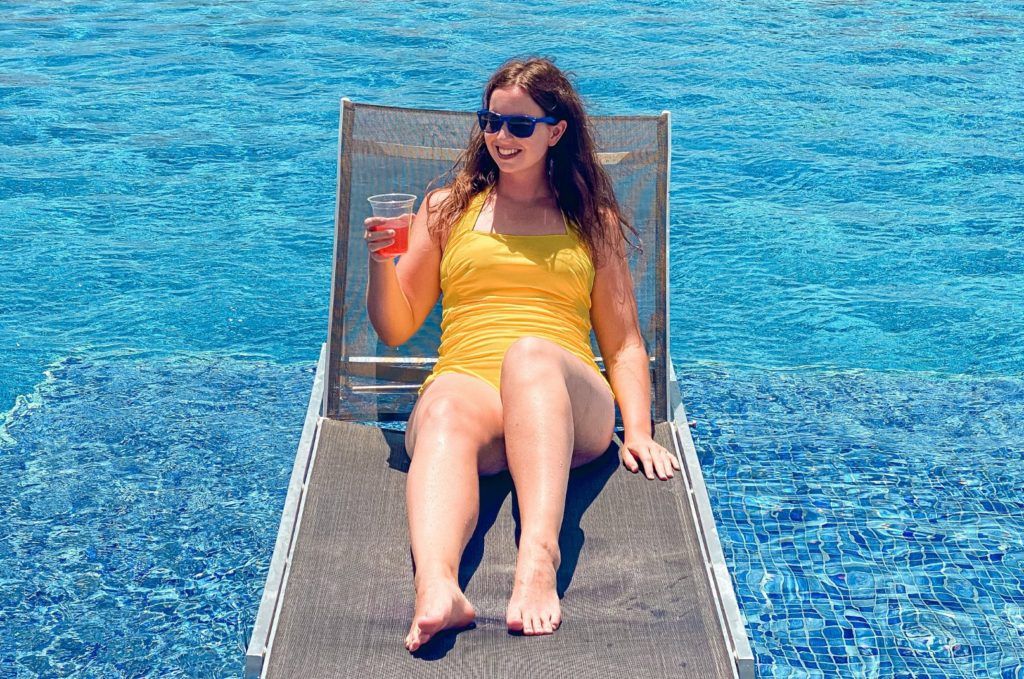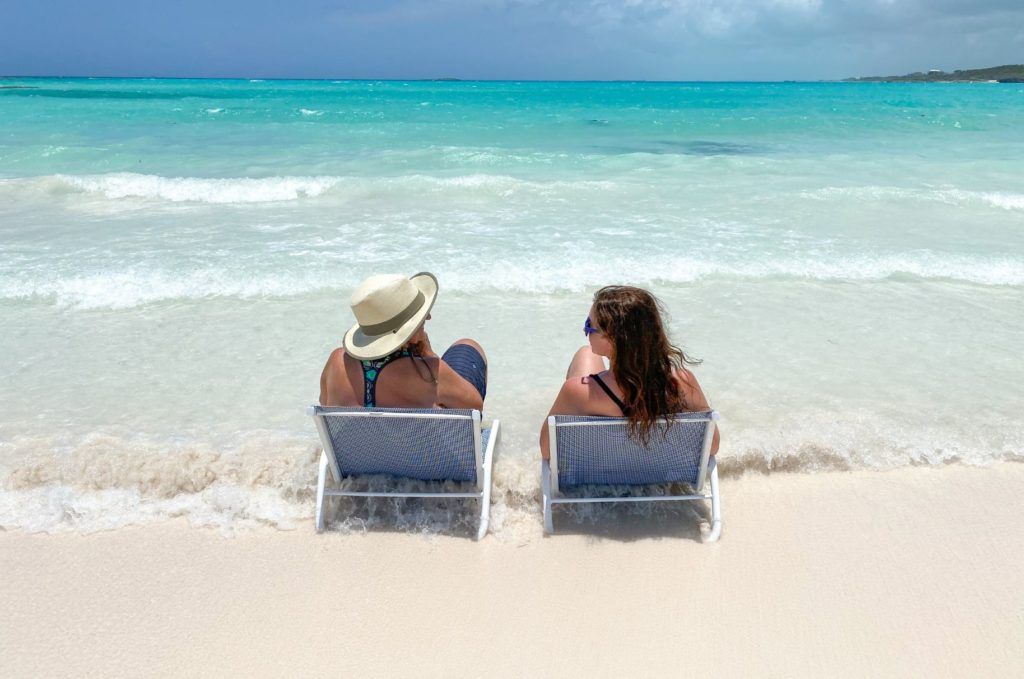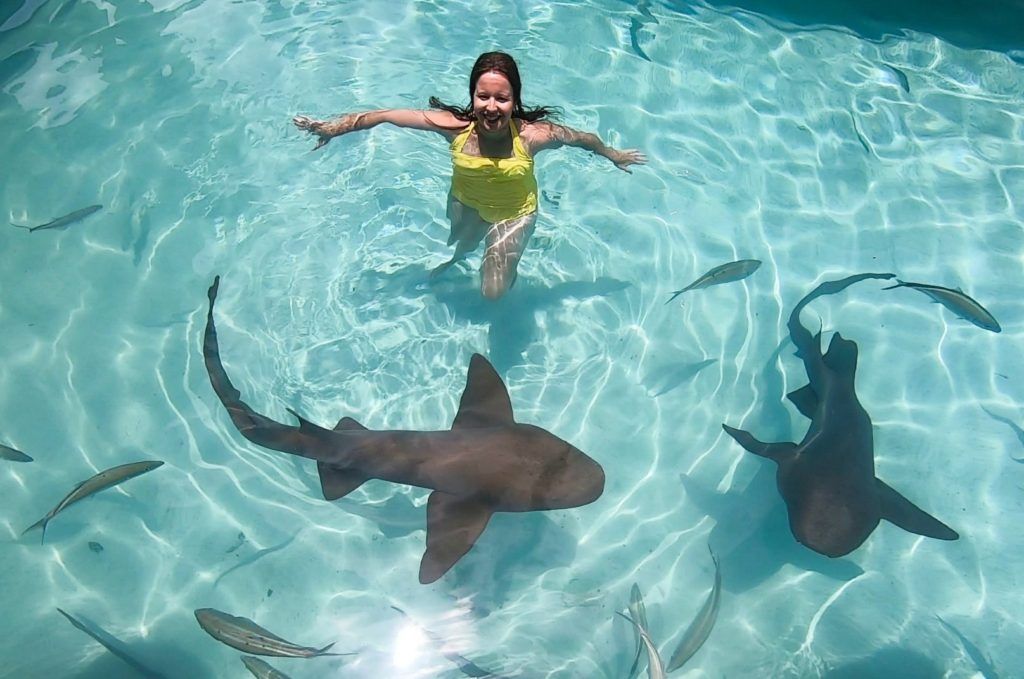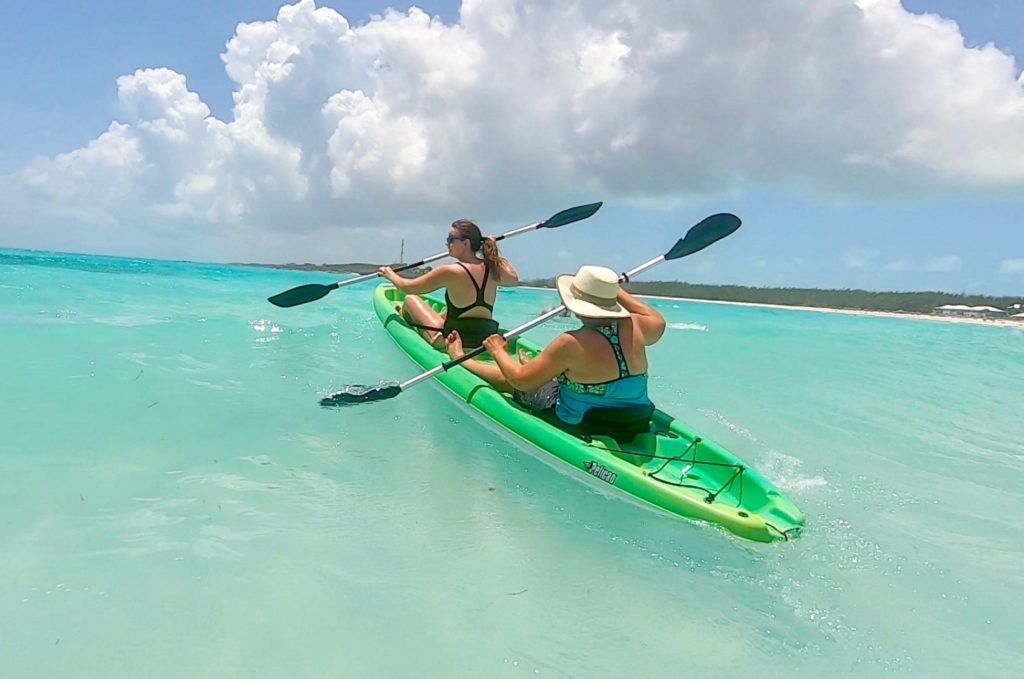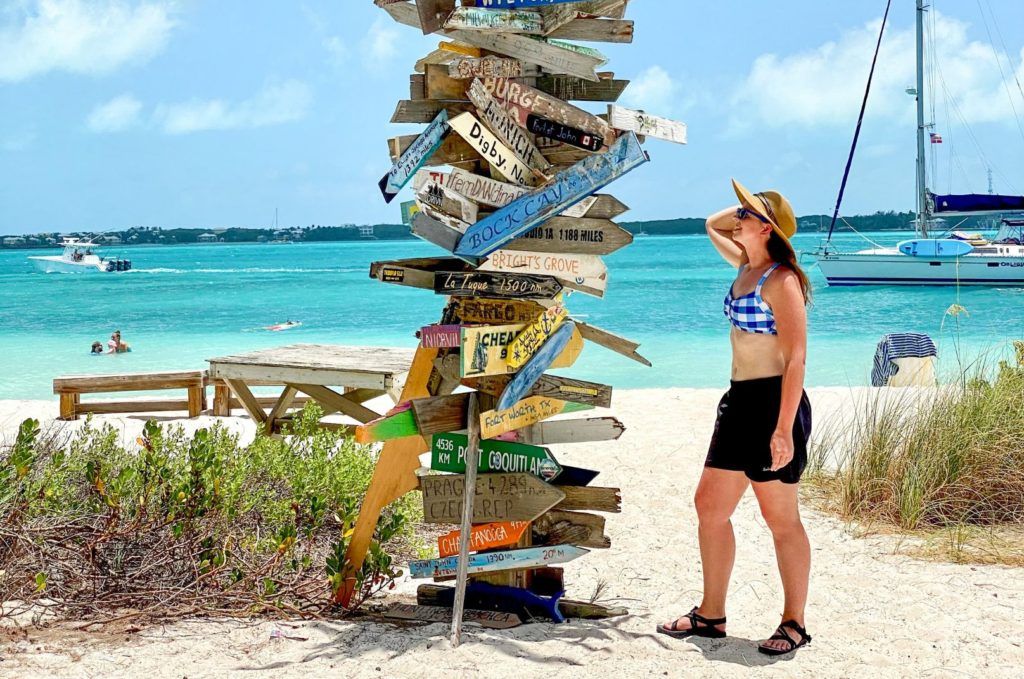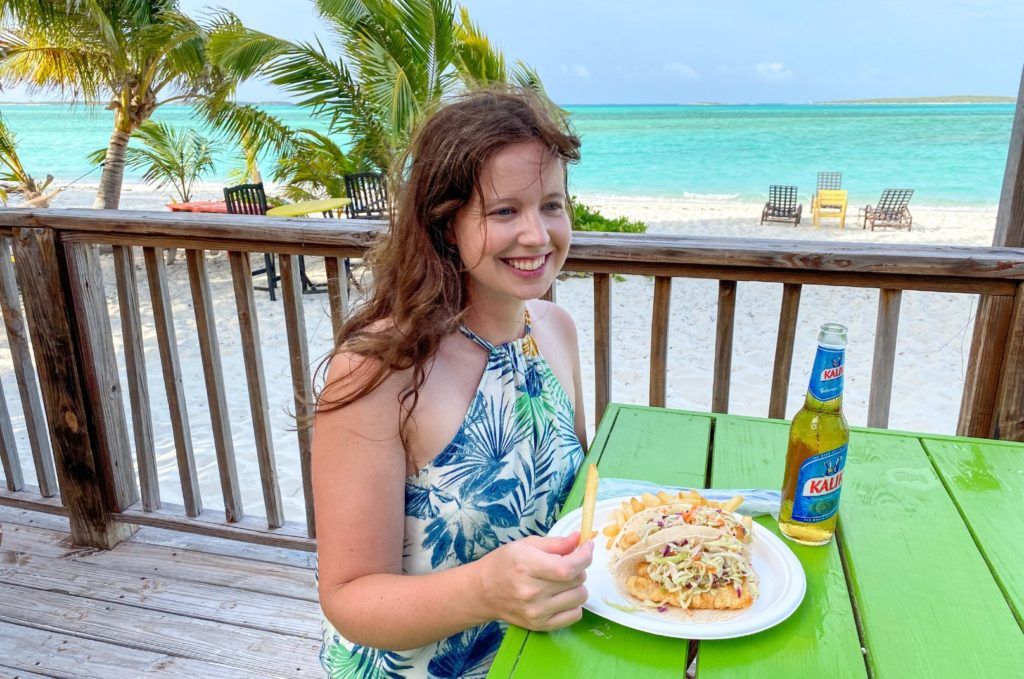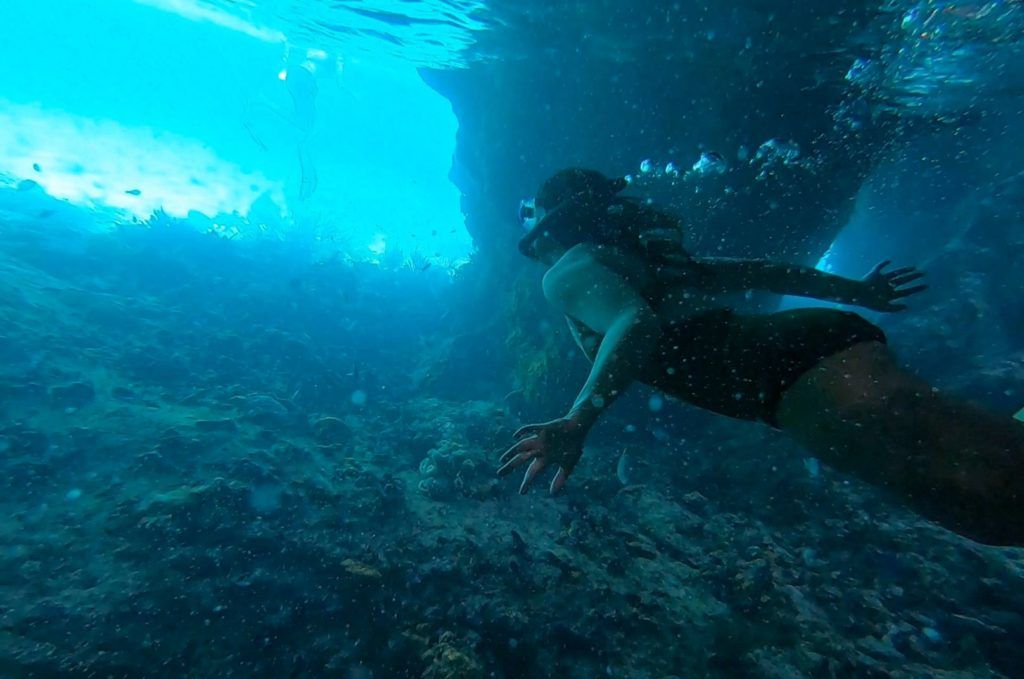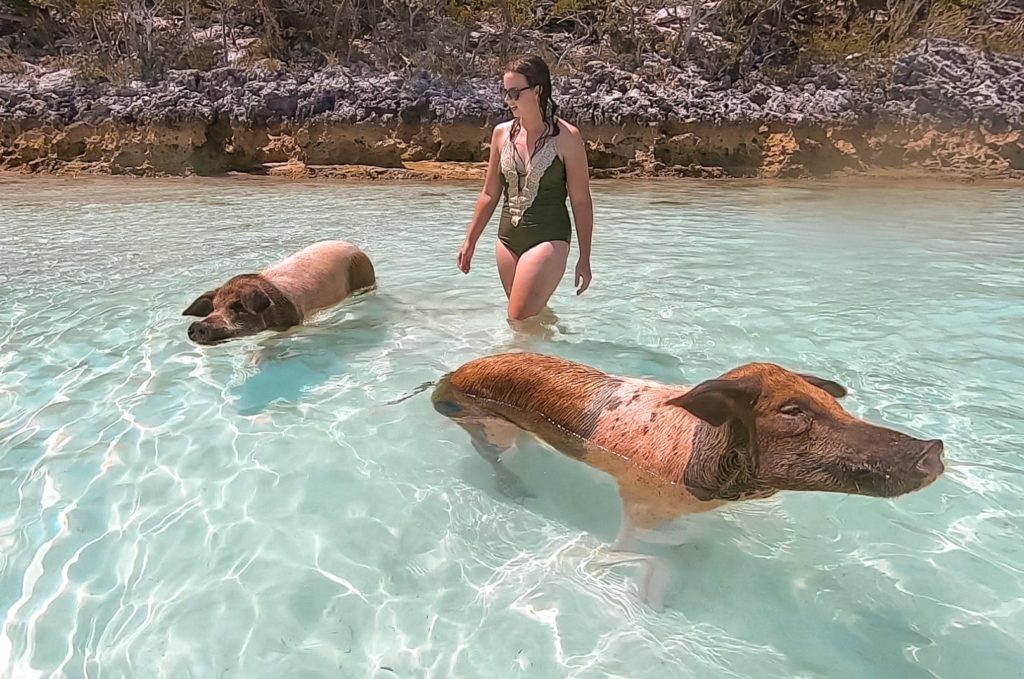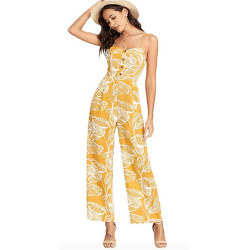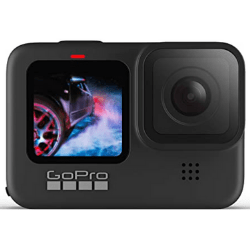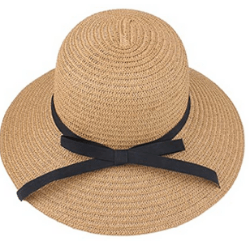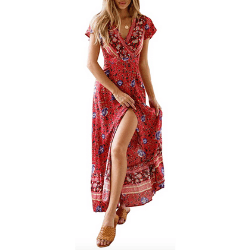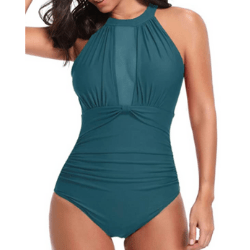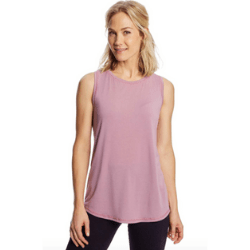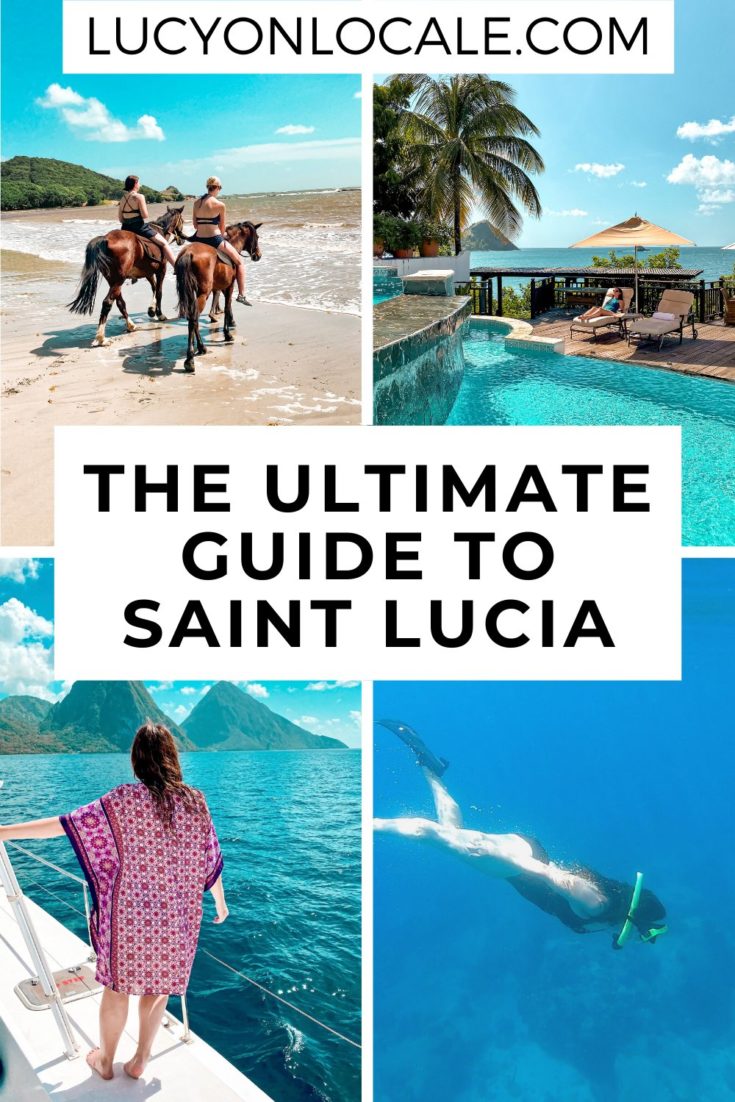The Bahamas is one of the most popular destinations in the Caribbean. It has hundreds of islands to explore, crystal-clear water, picturesque villages, some of the best snorkeling and dive sites in the world, and stunning hotels and vacation homes. Whatever kind of adventure you want to have here, this Bahamas travel guide has everything you need for planning a trip!
The Bahamas
The Bahamas is known for incredible coral reefs and grottos, rum, world-class resorts and beaches, and, of course, the swimming pigs. This country is a fantastic blend of African and European culture, history, food, and architecture.
Ready to plan your trip? Then here’s your ultimate Bahamas travel guide!

Know Before You Go
The Bahamas comprises around 700 islands (about 30 are inhabited) spread out over 760 miles. So you’ll encounter a lot of diversity between islands and regions of the country.
Most visitors stay on the islands of Nassau or Great Exuma, but there are many other resorts and accommodations spread throughout this incredible country that might be a better fit for your trip.
Before choosing an island to stay on, determine what activities you want to do and what islands and cays you want to visit, then pick a home base that’s centrally located for what’s on your to-do list.

Typical Costs When Traveling
Exchange Rate
The currency is the Bahamian dollar ($), which is pegged to the U.S. dollar. So 1 Bahamian dollar is always the same as 1 U.S. dollar. U.S. dollars are accepted interchangeably with Bahamian dollars, so you won’t need a different currency if you’re from the U.S. But you may receive change in Bahamian dollars.
Exchange rates are subject to fluctuations, so be sure to check this as your trip approaches. On average, 1 Bahamian dollar equals about £.72 British Pounds, €,84, and 6.46 Chinese Yuan.
Accommodation
A budget hotel room is between $100-150 a night (£70-110, €85-125, 645-970 Yuan). A mid-range hotel will be $300-$500 a night (£215-360, €250-420, 1935-3230 Yuan). Higher-end accommodations start at around $700 a night (£500, €585, 4520 Yuan) and go up from there.
Airbnb prices average around $250 a night (£180, €210, 1615 Yuan).
Food
A conch lunch will be about $20 (£15, €17, 130 Yuan). Lunch at a local restaurant will be around $35 (£25, €30, 225 Yuan). And a dinner meal will start at $50 (£35, €40, 320 Yuan) and go up from there.
Budget around $8 for a beer (£5.75, €6,70, 50 Yuan) and $15 for a cocktail (£10, €12,50, 95 Yuan).
The Best Foods To Try in The Bahamas
Tap or “still” water is safe to drink in The Bahamas, so you don’t need to buy bottled water.
Many restaurants are closed on Tuesdays, and most restaurants don’t update their Google business profile. So you’ll want to call restaurants for their opening hours and reservations instead of relying on the internet.
Transportation
Your transportation options on the islands are hiring a taxi or renting a car. Taxi rides can be very expensive, so if you want to leave your resort more than a couple of times during your trip, renting a car might save you money. When considering renting a car, be aware that you’d be driving on the left side of the road.
A taxi ride will be between $50-$75 one way (£35-55, €40-65, 320-485 Yuan). Renting a car usually costs around $120 a day (£85, €100, 775 Yuan). And Uber and Lyft don’t operate in The Bahamas.
A full-day boat tour to visit other islands will be around $250 (£180, €210, 1615 Yuan), and an interisland flight will be around $100 one way (£70, €85, 655 Yuan).
Other Expenses
I’d budget around $50 a day (£35, €40, 320 Yuan) for entrance fees, tours, guides, snacks, tips, and souvenirs.
Visa and MasterCard are widely accepted at hotels and car rental agencies, but most shops and restaurants don’t take credit cards. And most of the shops and restaurants that do take credit cards charge a 2.5-5% processing fee, which can add up quickly. So I recommend paying for meals and souvenirs with cash.
ATMs are available at some resorts, banks, and shopping centers throughout the islands, but they’re often not conveniently located to hotels and vacation homes. So I recommend bringing enough cash with you (especially if you’re from the U.S. with no currency change) or withdrawing lump sums to keep from making lots of visits to an ATM.
Tipping
Hotels – around $2 per bag for porters and $10 per day for cleaning staff ($20 a day if there’s turn-down service).
Restaurants – 15% of the total bill, but it’s often added automatically, so check before you pay.
Taxis – 15% of the fare.
Gas Attendants – $5.
Suggested Daily Costs
These budget estimates include eating and drinking out at least once a day and a couple of excursions during your trip.
Lower End: $350 a day (£250, €290, 2260 Yuan). Midrange: $650 a day (£465, €545, 1835 Yuan). Higher End: $1000 a day and up (£720, €840, 6455 Yuan).
How To Travel The Bahamas On A Budget
Money Saving Tips
How to Prepare
Vaccinations
The Centers for Disease Control and Prevention (CDC) and World Health Organization (WHO) recommend the following vaccinations for The Bahamas: hepatitis A, hepatitis B, typhoid, yellow fever, rabies, meningitis, polio, measles, mumps, and rubella (MMR), Tdap (tetanus, diphtheria, and pertussis), chickenpox, shingles, pneumonia, and influenza.
Passport Health has additional information on current vaccinations and diseases in The Bahamas, and I recommend visiting their website for the most up-to-date travel requirements.
Visas
Citizens of the EU, Australia, U.S., Canada, and the U.K need a passport, a return or onward ticket, and a confirmed hotel or vacation home booking. If you’re coming from one of these five countries, then you do not need a visa.
If you’re a citizen of another country, you might need a visa or visa-on-arrival to enter The Bahamas. You’ll want to check your country’s visa guidelines and requirements.
Your passport will need to have an empty page for your entry stamp and be valid for at least six months past your entry date to The Bahamas.
Cruise ship passengers visiting The Bahamas for a day are exempted from obtaining visas.
iVisa is an incredibly helpful resource for obtaining visas. iVisa makes the usually complicated and confusing process of getting a visa easy. You fill out a simple online application, and then iVisa takes care of everything else.
Etiquette
Bars and restaurants run on “island time,” meaning that service will likely be slower than you’re used to. You may have to get the server’s attention rather than waiting for them to approach. This is a cultural difference, not a sign of poor service.
Greetings are usually verbal rather than a handshake or peck on the cheek. It’s polite to greet everyone upon entering a taxi, shop, restaurant, or boat with a ‘good morning’ or ‘good afternoon.’
Haggling is not common, so you’ll need to pay the stated price.
Bahamas Travel Guide Articles
When To Go
The Bahamas’ High Season is from December to April because of the incredible weather in the mid-70s (24°C) and mid-80s (29°C). All tours, businesses, and restaurants will be open with regular hours of operation. But accommodation prices can be double what they are the rest of the year, and tourist numbers and cruise ship dockings are at their highest. So you need to make all of your reservations in advance.
The Shoulder months are May and June. The weather will still be mostly dry, crowds will be less, and businesses and tours should still be open.
The Low Season is from July to November during the rainy season. Hurricanes and tropical storms can occur, and rain is common. Many shops, restaurants, and tour operators close or reduce their hours during these months, but you can get some great deals on hotels and resorts that would be out of your price range in the peak months.
The Bahamas is one of the Best Destinations To Visit In February!
What To Pack
In addition to your usual travel essentials, you’ll want these items:
Bags for your wet and sandy shoes and clothes. If you’re visiting one of the public beaches away from your resort, there usually aren’t showers for rinsing off. So always have a bag with you for wet and sandy clothes to keep from making a mess in your rental car or taxi.
Swimsuits and sandals for most of your days and activities. But you’ll want a cover-up or dry clothes for eating in restaurants.
Electrical outlets in The Bahamas are Types A and B. So if you’re from the U.S., you won’t need an outlet adaptor. But British, European, and other travelers will need an adaptor.
Sun protection. The sunshine is gorgeous but brutal in The Bahamas, and you’ll usually find that there’s minimal shade. So bring sunscreen for your skin and lips, a hat, and UV-protected shirts.
What To Wear
The Bahamas’ climate and culture mean the dress code is very casual. Many visitors to the island never change out of their swimsuits and sandals. You’ll want a sarong or cover-up for your swimsuit when shopping, dining, or riding in a taxi. And men should always wear a shirt inside.
Bring fast-drying clothes and shoes because of the humidity. If you’ll be doing any hiking, bring moisture-wicking and UV-protected clothes. For boat tours, bring a hat with a neck strap to keep it from blowing away, and have a strap for your sunglasses.
Have you been to The Bahamas? Comment below with anything you’d add to this Bahamas travel guide!

Shop My Bahamas Essentials

Frequently Asked Questions
How can you travel between islands in The Bahamas?
Your inter-island travel options in The Bahamas are ferries operated by Bahamas Ferries or domestic flights operated by Bahamas Air. Ferry and flight schedules can be limited, especially during the off and shoulder seasons, so plan and book in advance.
Do I need a visa to travel to The Bahamas?
Citizens of the EU, Australia, U.S., Canada, and the U.K need a passport, a return or onward ticket, and a confirmed hotel or vacation home booking. If you’re coming from one of these five countries, then you do not need a visa.
If you’re a citizen of another country, you might need a visa or visa-on-arrival to enter The Bahamas. You’ll want to check your country’s visa guidelines and requirements.
Your passport will need to have an empty page for your entry stamp and be valid for at least six months past your entry date to The Bahamas.
Cruise ship passengers visiting The Bahamas for a day are exempted from obtaining visas.
Can DACA students travel to The Bahamas?
No. DACA students can only travel in the United States and U.S. territories – Puerto Rico, Guam, and the U.S. Virgin Islands.
How much does it cost to travel to The Bahamas?
Expected travel costs in The Bahamas, plus airfare:
Lower End: $350/day per person.
Midrange: $650/day per person.
Higher End: $1000/day per person.
What should I avoid in The Bahamas?
Things you should avoid in The Bahamas are:
1. Hurricane season.
2. Unmarked taxis.
3. Never leaving your resort.
4. Expecting punctuality – everything runs on “island time” here.
5. Haggling. You’ll need to pay the stated price.
What do I need to know before traveling to The Bahamas?
Bahamas Travel Guide – Know Before You Go:
1. The currency is the Bahamian dollar ($), which is pegged to the U.S. dollar. So 1 Bahamian dollar is always the same as 1 U.S. dollar.
2. U.S. dollars are accepted interchangeably with Bahamian dollars, so you won’t need a different currency if you’re from the U.S. But you may receive change in Bahamian dollars.
3. Exchange rates are subject to fluctuations, so be sure to check this as your trip approaches. On average, 1 Bahamian dollar equals about £.72 British Pounds, €,84, and 6.46 Chinese Yuan.
4. Tap or “still” water is safe to drink in The Bahamas, so you don’t need to buy bottled water.
5. Many restaurants are closed on Tuesdays, and most restaurants don’t update their Google business profile. So you’ll want to call restaurants for their opening hours and reservations instead of relying on the internet.
6. Visa and MasterCard are widely accepted at hotels and car rental agencies, but most shops and restaurants don’t take credit cards. And most of the shops and restaurants that take credit cards charge a 2.5-5% processing fee, which can add up quickly. So I recommend paying for meals and souvenirs with cash.
7. ATMs are available at some resorts, banks, and shopping centers throughout the islands, but they’re often not conveniently located to hotels and vacation homes. So I recommend bringing enough cash with you (especially if you’re from the U.S. with no currency change) or withdrawing lump sums to avoid making lots of visits to an ATM.
8. Bars and restaurants run on “island time,” meaning that service will likely be slower than you’re used to. You may have to get the server’s attention rather than waiting for them to approach. This is a cultural difference, not a sign of poor service.
9. Greetings are usually verbal rather than a handshake or peck on the cheek. It’s polite to greet everyone upon entering a taxi, shop, restaurant, or boat with a ‘good morning’ or ‘good afternoon.’
10. Electrical outlets in The Bahamas are Types A and B. So if you’re from the U.S., you won’t need an outlet adaptor. But British, European, and other travelers will need an adaptor.
What is the best time of year to go to The Bahamas?
The Bahamas’ High Season is from December to April because of the incredible weather in the mid-70s (24°C) and mid-80s (29°C). All tours, businesses, and restaurants will be open with regular hours of operation. But accommodation prices can be double what they are the rest of the year, and tourist numbers and cruise ship dockings are at their highest. So you need to make all of your reservations in advance.
The Shoulder months are May and June. The weather will still be mostly dry, crowds will be less, and businesses and tours should still be open.
The Low Season is from July to November during the rainy season. Hurricanes and tropical storms can occur, and rain is common. Many shops, restaurants, and tour operators close or reduce their hours during these months, but you can get some great deals on hotels and resorts that would be out of your price range in the peak months.
Can you drink the water in The Bahamas?
Tap or “still” water is safe to drink in The Bahamas, so you don’t need to buy bottled water.

This Bahamas travel guide is not a sponsored post, and, as always, the thoughts and opinions expressed in this Bahamas travel guide are entirely my own. Some of the links in this Bahamas travel guide are affiliate links, and, at no cost to you, I may earn a small commission from this Bahamas travel guide.
July 2, 2021
 Destinations
Destinations Packing
Packing Travel Tips
Travel Tips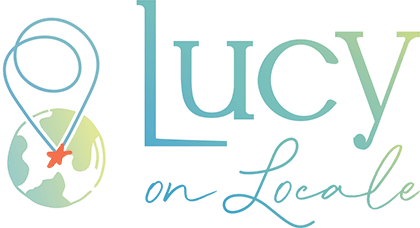
 Photography
Photography Points & Miles
Points & Miles Credit Cards
Credit Cards